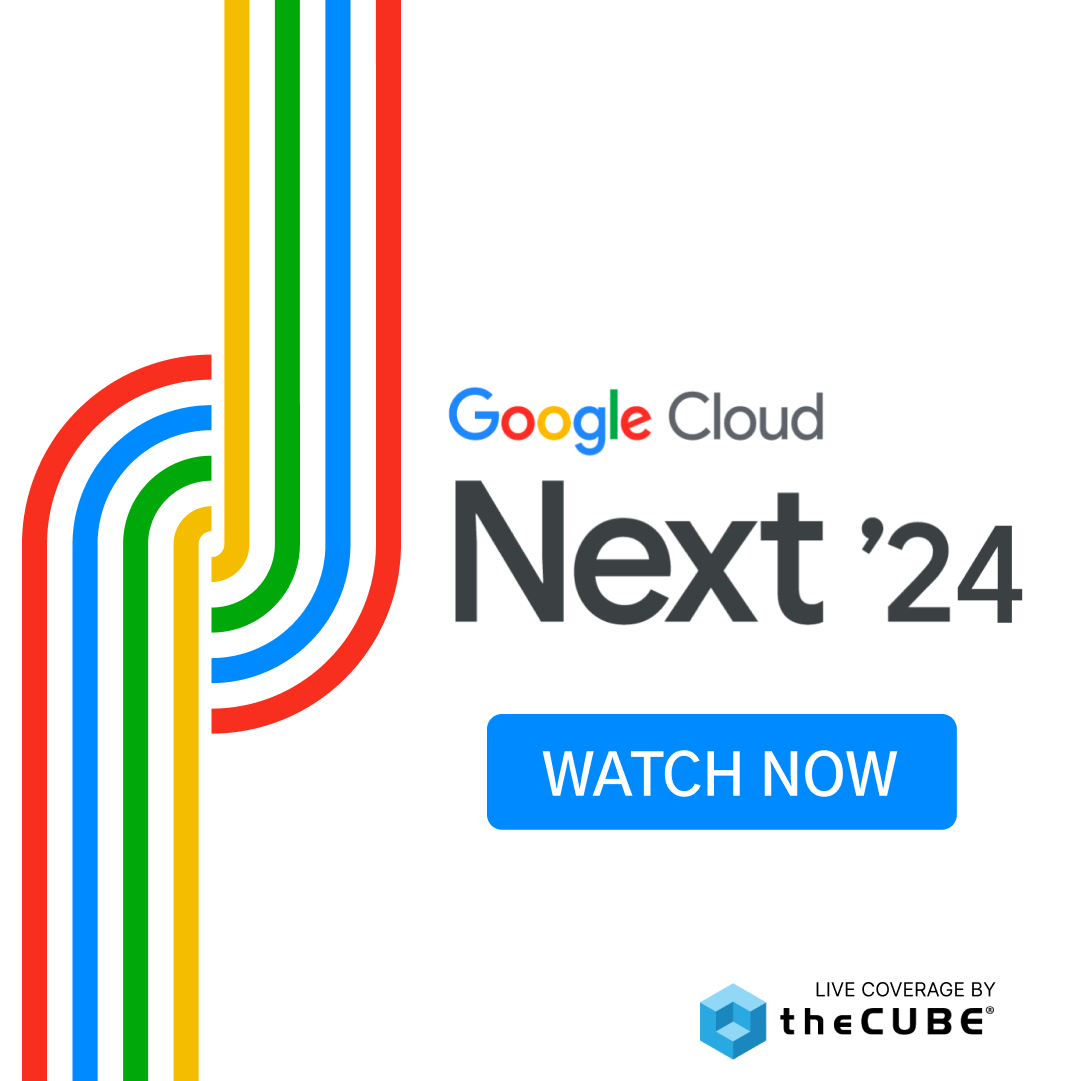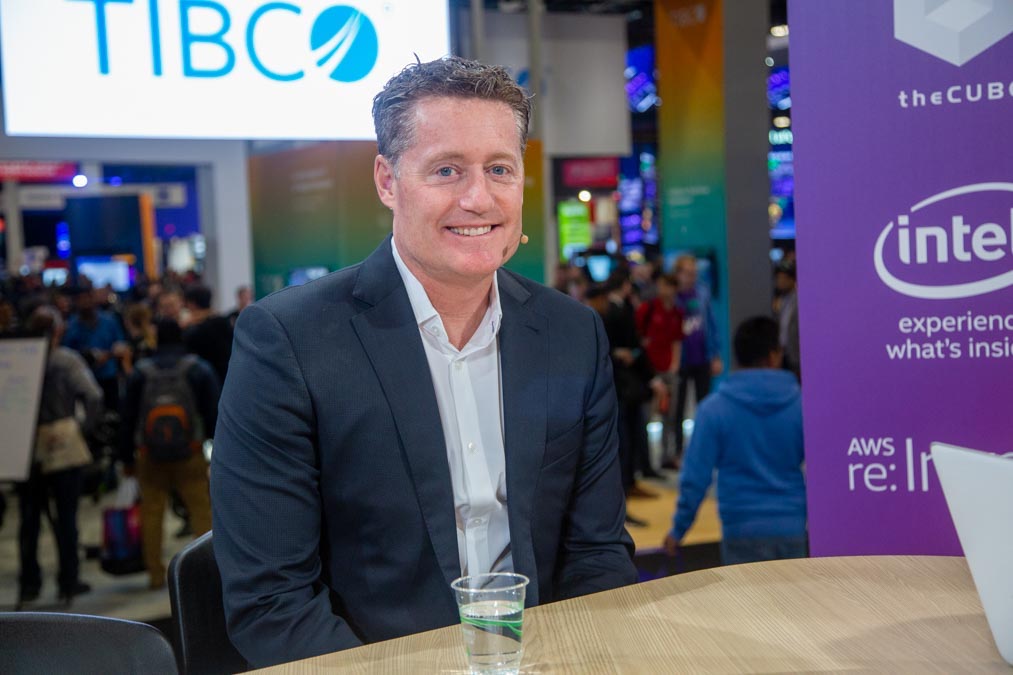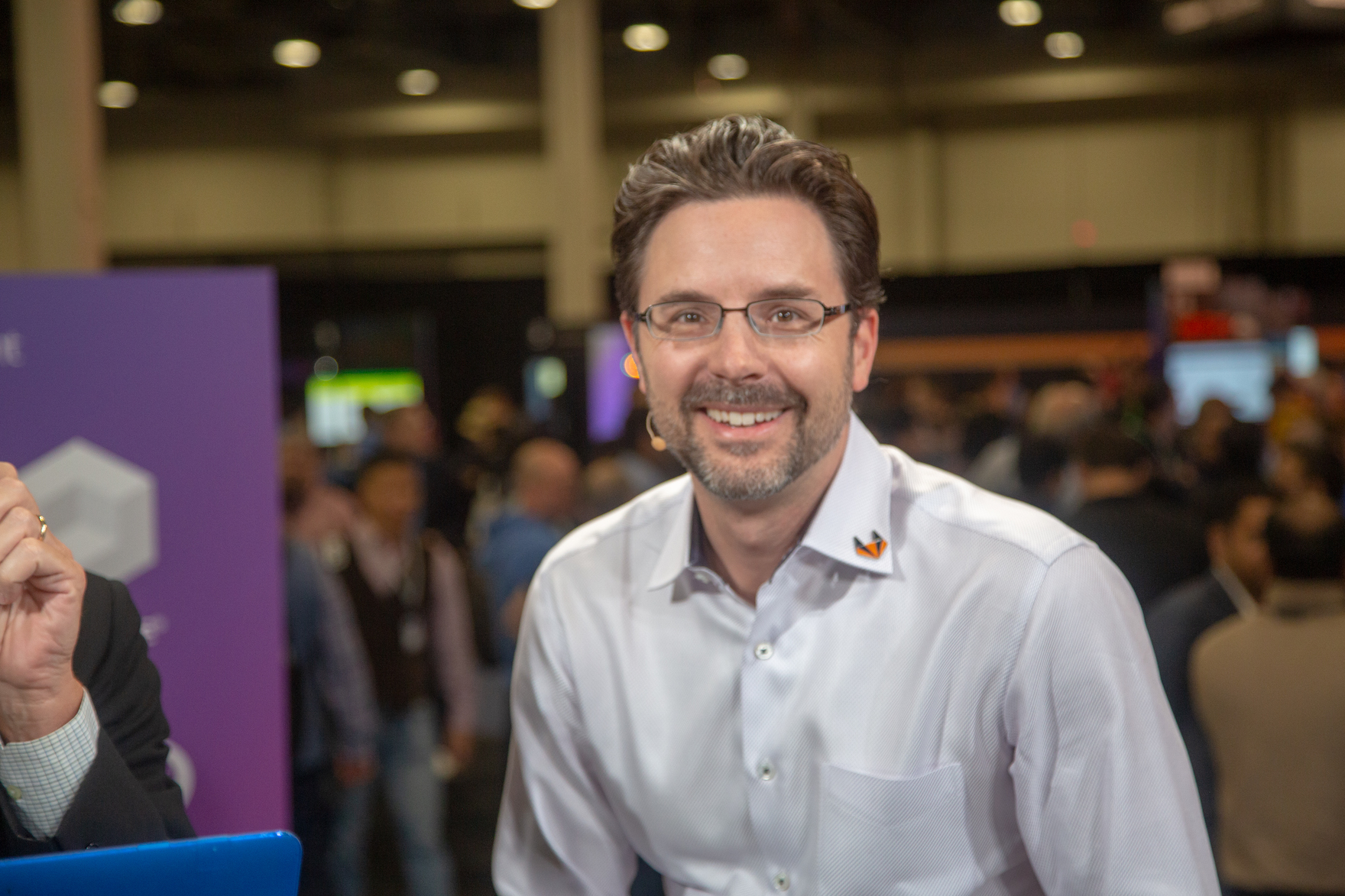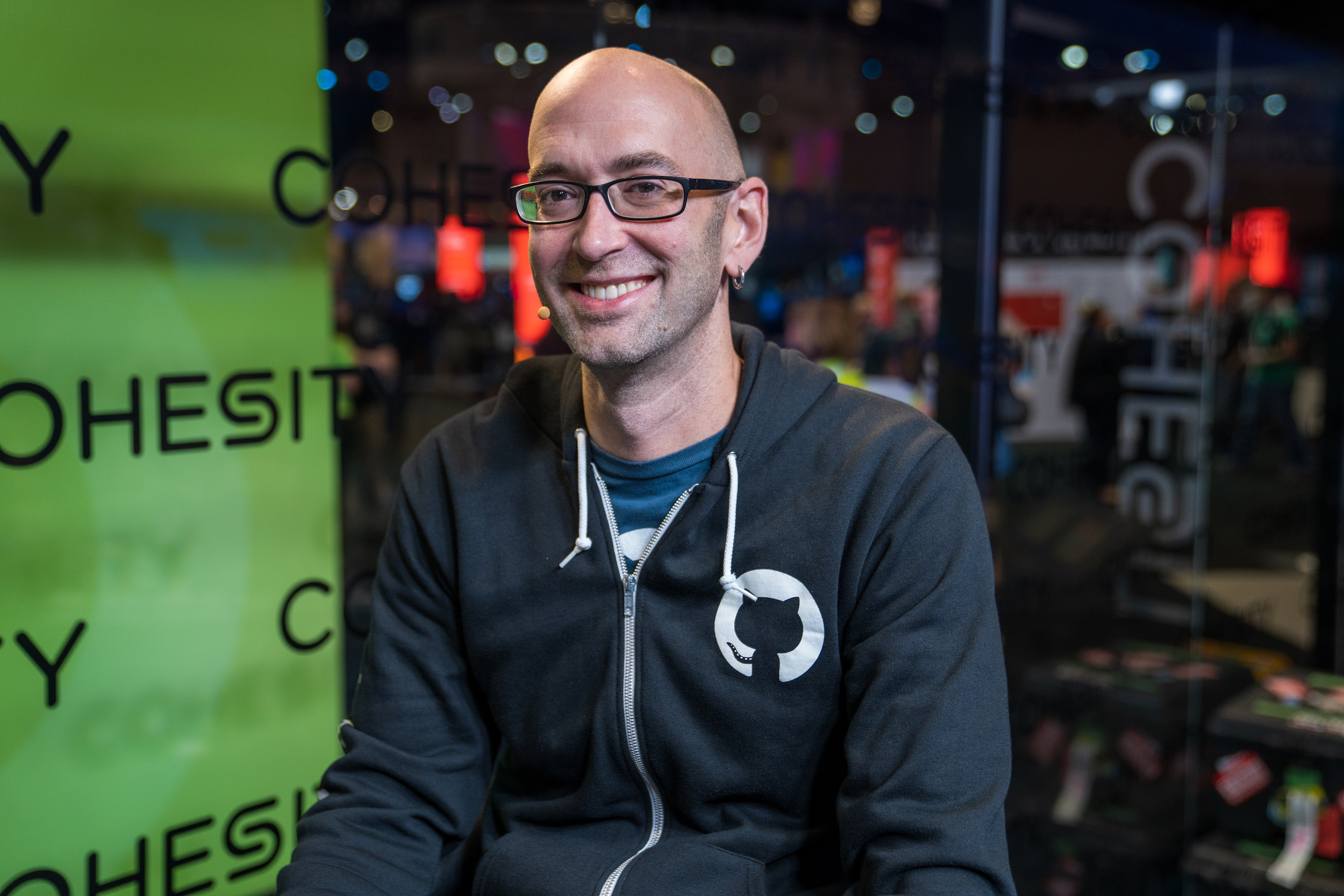Diego Asturias
Latest from Diego Asturias
Q&A: ETL and data pipelines take a leap into the as-a-service model
There are more data sources than ever before, mainly thanks to the cloud. And having all this data stored within an organization’s data center is useless if it gets siloed. Having stored data is like having a raw and uncut diamond — yes, it is still a diamond, but it looks like a rock! Data needs to ...
Q&A: Citrix leverages AWS Outposts as an entry point to hybrid cloud
Amazon Web Services Inc. finally got it. Organizations will not move 100% of their workloads to the public cloud. There are workloads that need to remain on-premises due to lower latency transfers or data processing that needs to be done on-site. The answer to this reality? AWS Outposts. It extends the AWS cloud infrastructure, services, APIs, and ...
Q&A: Riding the thousand-foot wave transforming how computing works
Computation, storage and networking are being carried away by this massive wave. But rather than staring at it or ignoring it, Steve Mullaney (pictured), president and chief executive officer of Aviatrix Systems Inc, advises riding it. This massive wave is about to transform how the enterprise builds and consumes IT … for good. The success of ...
Q&A: GitLab empowers DevOps while making CISOs happy
There is a deep relationship between the speed of application development and the matter of securing the software. It seems that as one factor goes up, the other goes down. And, of course, to thrive in the app development operations world, there’s demand for a well-balanced formula of both. Chief information security officers might not agree to ...
Q&A: Federal agencies modernize backup, DR strategies with hybrid IT infrastructure
Federal agencies are beginning to embrace digital transformation. Changing the way they protect data has led them down the incremental path for migrating to cloud computing environments. But of course, this “incremental” part of the strategy means that they still have tons of on-premises resources. And they will for a long time. Using a hybrid data ...
Q&A: Globally distributed edge computers to rule in the connective economy
Traditionally, in order to keep clients at the edge of network simple and easy to manage, all computational resources were usually allocated to a central computer. Big servers and infrastructure in the data center were the norm. But now the industry is shifting from centralized to decentralized systems. All the power of the old core network is ...
Q&A: D2iQ focuses on managing Kubernetes day 2 operations
Kubernetes, arguably the most popular open-source container clustering and orchestration platform at the moment, can be seen everywhere. Its adoption is soaring from cloud-native, on-premises to edge locations. Is it possible that Kubernetes as a service soon becomes the new buzzword? With some help, setting up a Kubernetes cluster can be simple, but running its ...
Q&A: Fidelity invests in cloud-native, open-source projects to step up innovation
Fidelity Investments, a multi-national financial services corporation, is looking to move the “innovation needle” by moving to a cloud-native ecosystem. Embarking on this type of journey — to move thousands of applications, workloads, and data between on-premises and the public cloud — is no easy deed, especially when its financial services operations have to deal ...
Q&A: Inside Microsoft’s embrace of GitHub’s strong open-source community
Over the years it seemed Microsoft Corp. was pretty looked down on open-source computing communities. But after Satya Nadella took over as Microsoft’s chief executive officer about five years ago, that strategy began to change. And after the tech giant’s $7.5 billion acquisition of code hosting platform GitHub Inc. in 2018, the company signaled a transformative embrace of open source. ...
VIDEO EXCLUSIVE
Analyst Q&A: Microsoft’s ecosystem ‘trust factor’ gets a big boost
After the public-cloud hype, many companies found themselves locked in to a number of service licenses provided by cloud vendors. These same companies also depended on their existing servers, virtual machines and other legacy equipment, resulting in a hybrid multicloud ecosystem. In fact, 80% of their workloads are still on-premises with just 20% in the cloud, according to Patrick Moorhead (pictured), ...













